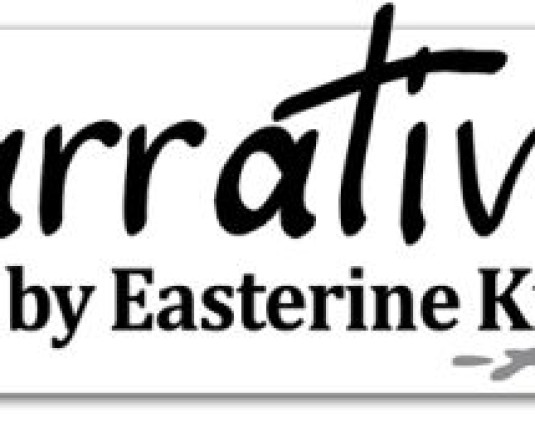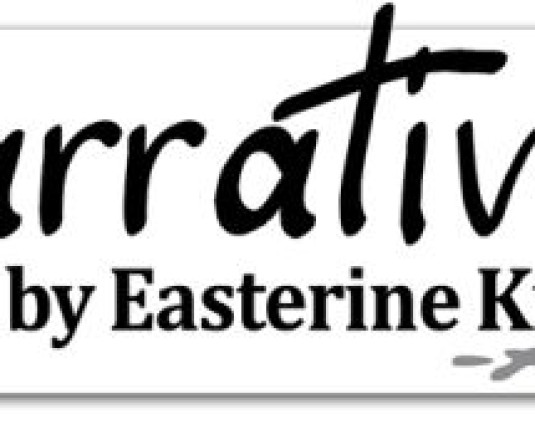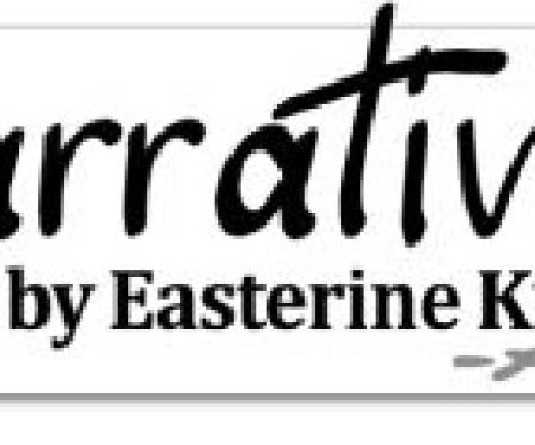
A man now long dead once told us, ‘You become homesick for the place where your placenta is buried. I lived all my life in Dimapur but I get homesick for Khwünoria because that is where I was born and my placenta is buried there.’ He could not explain the homesickness he felt for a place where he only spent the first years of his life. His family migrated to the warmer regions when he was four or five. He had not made sufficient associations (or so one would think) to his ancestral home. But his logic was to claim that he longed for his village home, because that was where part of him was buried – his placenta. Many years later, I learned that children can yearn back with a form of homesickness to the places where they were born, wherever that is. An Adivasi writer was in complete agreement with this theory, because they also believe in the same phenomenon. We have much in common with our Adivasi brethren, and it would be very profitable to explore these links.
I must tell you about a woman who has been working in the government who can always predict the weather quiet accurately. She uses her knee as a barometer: ‘It is going to be bad weather. My knee is hurting.’ If she said that, we could be sure it would be rainy and blustery and cold as only it can get cold in the hills. Sufferers of rheumatic pain use the level of their suffering to predict the weather. Grandmother did that on a daily basis. Her rheumatism would become acute when rain or cold weather was on the way. And we, when we were in the middle of the cold weather, would tell each other, ‘It is just as Grandmother said it would be.’
It is not easy to explain these phenomena, but that does not mean we should rule them out as old wives’ tales as they have done in the west. They are not. Something is reaching out to convey something to us through our bodies. The Sami people have deep faith in their healers. A young man had a bleeding on his knee after a sports injury. The bleeding would not stop. He phoned his father, who in turn, phoned a healer. The healer pronounced some words over the phone, and the bleeding stopped instantaneously. What were these secret and powerful words that infused healing and stopped the bleeding? The healers tap into spiritual powers, and they do not seem to be fastidious about the sources. An insider said that the secret words of healers are sometimes taken from the Bible.
Now on to another story, which is not unrelated. An uncle of ours was overly fond of gambling in his younger days. He would gamble late into the night at a friend’s place in town. Many times, when the games stopped around midnight, he trudged home to the village, totally on his own. He rarely met other people on his way home. This was pre-Electricity as it was in the late fifties. One night, as he was making his way home in the dark, he saw a man walking in his direction. It was close to the village gate. The man wore a red Dobashi blanket. Uncle was a polite man, always has been polite. As per custom, he greeted the other man: ‘Noreitsienulazie me ha?’ (Are you too going home at this hour?) The man did not reply. Instead, he opened his red blanket and made a terrific sound. Uncle described it as a high-pitched ‘Wohhh!’ and as he made this sound, he flew upward, growing larger as he did. No way was Uncle going to stand around and make polite conversation after that. He ran all the way back, stumbling and falling a number of times and losing his watch in the process. The encounter cured him of his gambling addiction and he never went home late after that red-blanket encounter.
However, apart from succeeding as a gambling cure, what truly are spirit encounters that indigenous people experience more frequently than others? What is nature telling us? It is good to treat it as a conduit to the workings of the unseen world. Perhaps that is how we are supposed to use it. Not ignore or push aside the strangeness, but let it open us to more. If we could apprehend this about the body indigenous, if we could apprehend the mystery of the indigenous, we would also be one step closer to developing our own indigenous literary theory for understanding indigenous literature.






